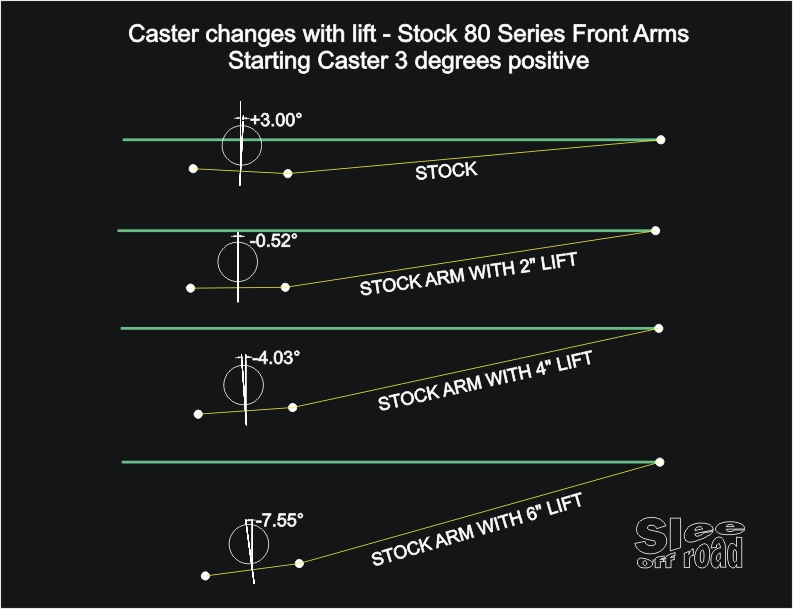This started in another thread and lead to something that I've been wanting to do for some time.
The basic idea was to come up with a template that would align the bushings in such a way that the axle would rotate on it's center.
The current method tilts the axle which would exaggerate how far the pinion would move producing a greater change in the drive angles of the U-Joints.
This first set of pictures are the OME bushing in place in the template.



The basic idea was to come up with a template that would align the bushings in such a way that the axle would rotate on it's center.
The current method tilts the axle which would exaggerate how far the pinion would move producing a greater change in the drive angles of the U-Joints.
This first set of pictures are the OME bushing in place in the template.


